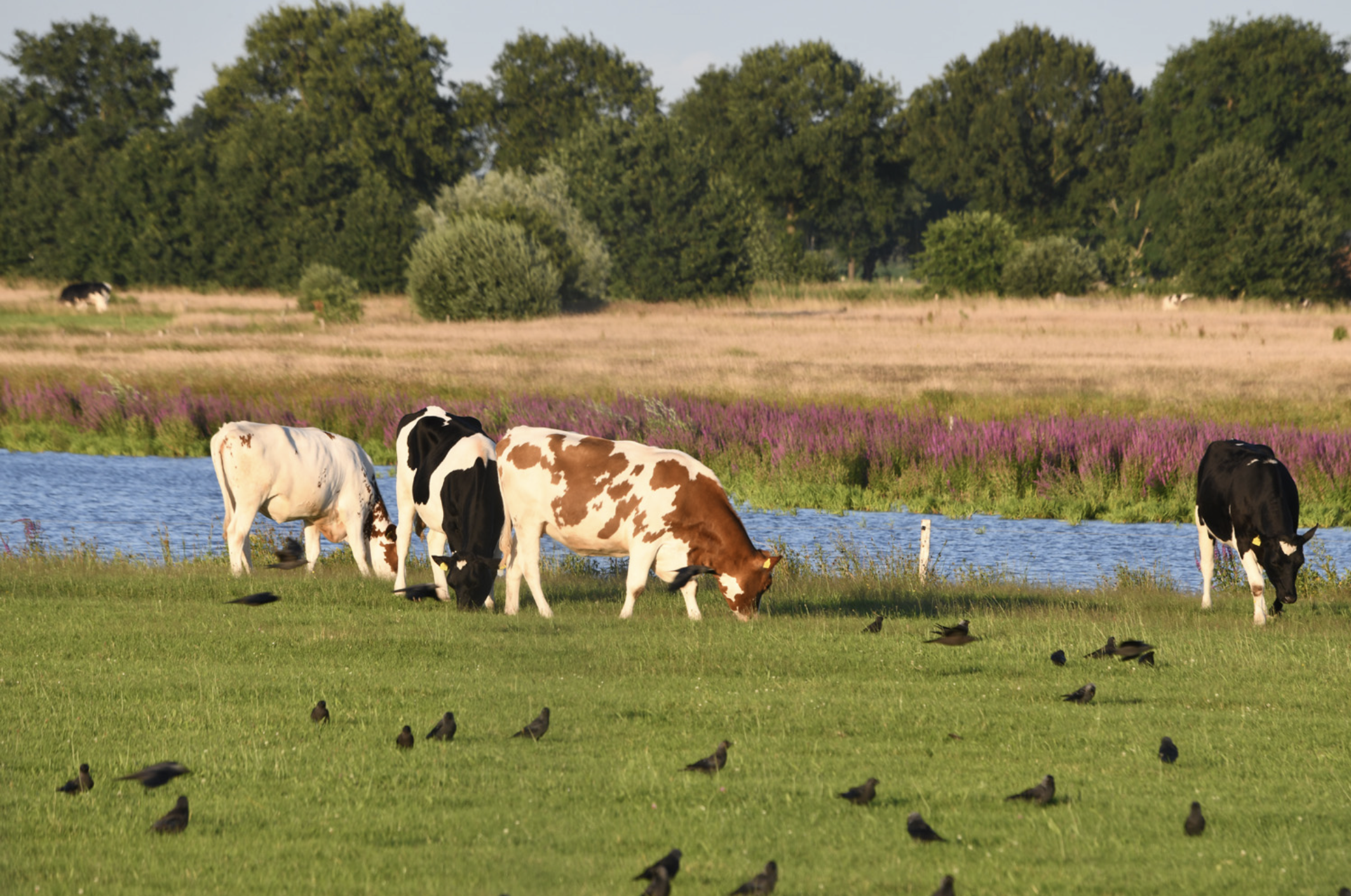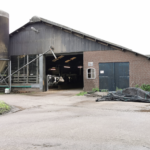(First published on June 16, 2022)
Jonathan Verschuuren (TLS)
(Photo Credit: Jonathan Verschuuren)
On June 2nd 2022, the Dutch government presented its Climate Policy Program, which is an update and amendment of the Climate Plan 2021-2030 adopted in 2020. Under the Dutch Climate Act, Climate Plans have to be adopted at least once every five years and can be amended by the Minister for Climate and Energy when the minister deems this necessary (Articles 4 and 5 Climate Act). When comparing the 2020 and 2022 texts on reducing agricultural emissions, important changes are visible. In the original Climate Plan, no specific targets for reducing agricultural emissions are mentioned (although indicative targets were agreed upon in the Climate Accord, a set of goals and measures agreed upon by the government after an extensive stakeholder process) and the focus is on voluntary measures. On livestock keeping (the largest source of GHG emissions in the sector), the plan primarily focuses on ‘optimizing fodder and improving manure management and storage’, and on helping farmers to invest in low emission livestock housing systems and providing financial assistance to farmers who wish to close down their business.
In the new Climate Policy Programme, which has yet to be discussed in Parliament, a sharper and more concrete target is proposed, one that is aligned with the Global Methane Pledge of reducing 30% methane emissions by 2030, compared to 2020 levels. This goal, however, still is labeled as ‘indicative’, so not legally binding. What has changed, though, is that the necessary measures are labeled as ‘unavoidable’ and that the government announced that it will impose compulsory measures in case the voluntary measures have insufficient impact.
Eight days later, on June 10th 2022, the Dutch government presented its ‘Initial plan for the National Program on the Rural Area’. In the media, this plan was presented as a “nitrogen deposition plan”, according to which nitrogen deposition on some Natura 2000 sites (protected under the EU Habitats Directive) had to be reduced by as much as 70%, which would lead to the shutting down of many livestock farms located in the vicinity of these sites. This created great unrest and anger among farmers, a small group of whom, only hours after the publication of the document, went to the responsible Minister’s private home to convince her that the new policy was a bad idea.
The document, however, like the Climate Policy Program, takes a holistic approach to tackling the many environmental challenges that the agricultural sector faces. It focuses on nature conservation issues (such as, but not only, the high levels of nitrogen deposition on Natura 2000 sites), water issues (both water quality and water quantity norms under the EU Water Framework Directive, the Nitrates Directive and the Groundwater Directive currently are not met) and climate change (reducing GHG emissions from agriculture and increasing carbon sequestration on agricultural land) all at the same time. All of these issues can only be tackled when the agricultural sector undergoes a transition to sustainable agriculture, with a substantially lesser focus on livestock.
Provincial authorities must develop regional programs, together with local and water authorities and stakeholders (such as farmers’ associations and environmental NGOs) in which concrete measures are adopted to achieve the goals of the National Program on the Rural Area. These measures have to be implemented through legally binding instruments. If, within one year a province does not succeed in adopting one of the regional programs, the national authorities take over and adopt a program for that region.



